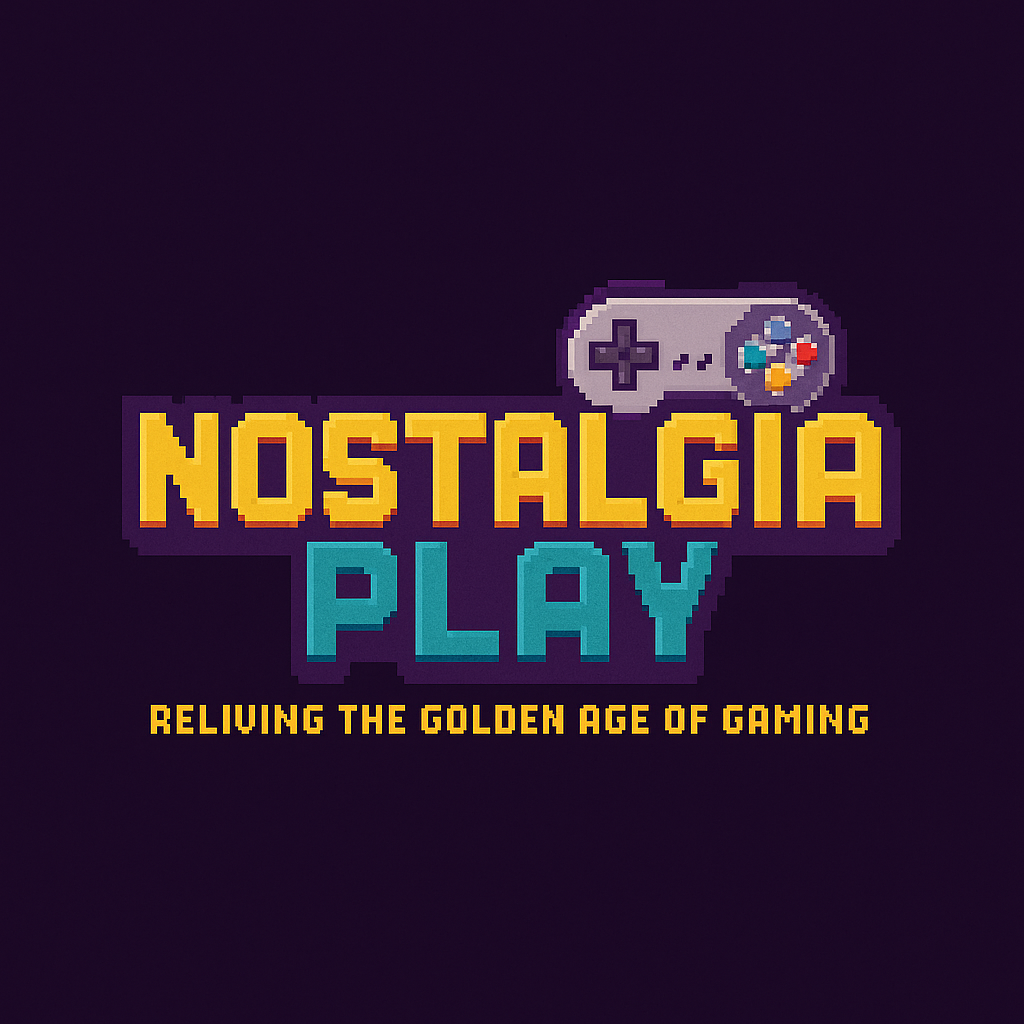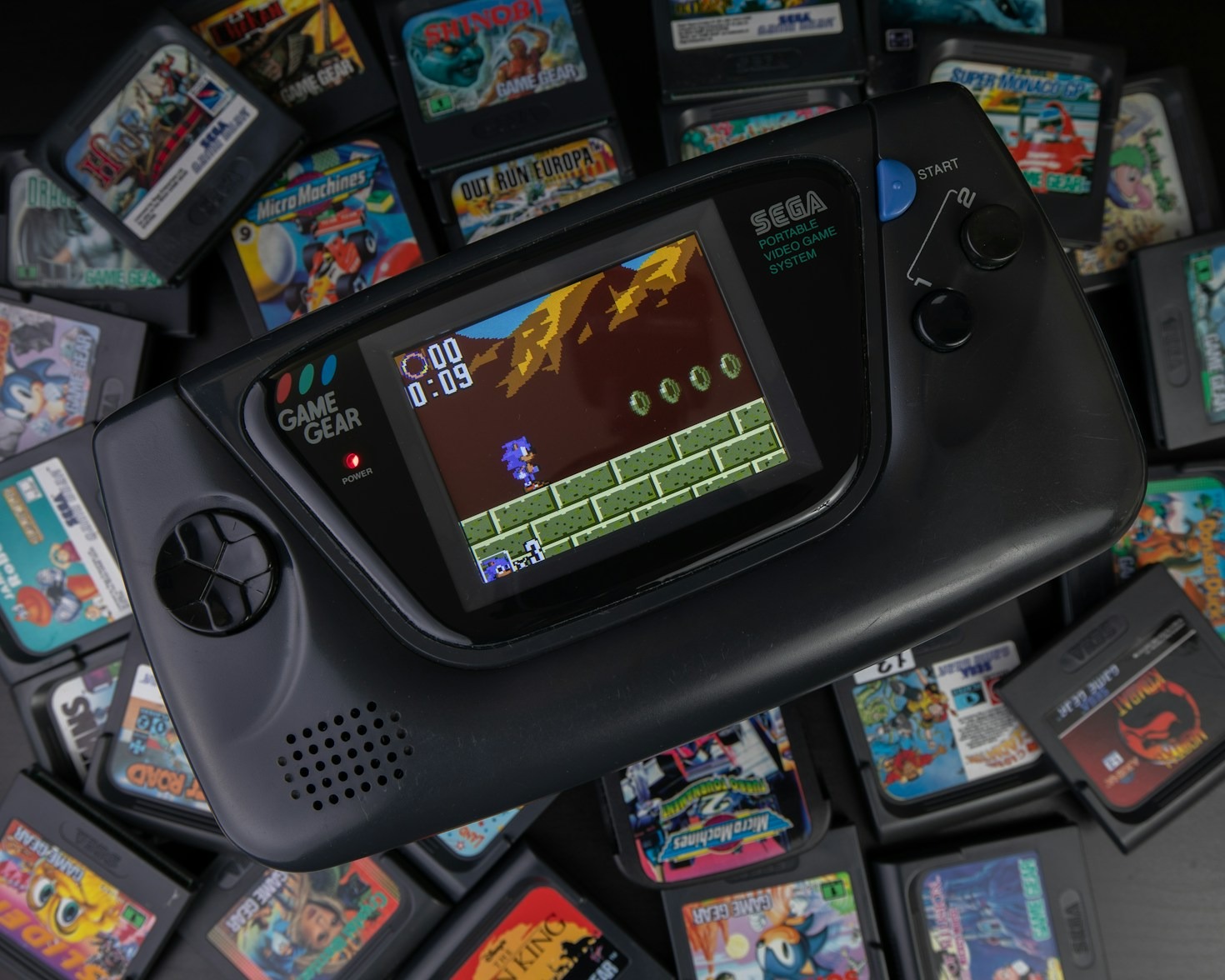The Impact of 8-Bit Graphics on Modern Games
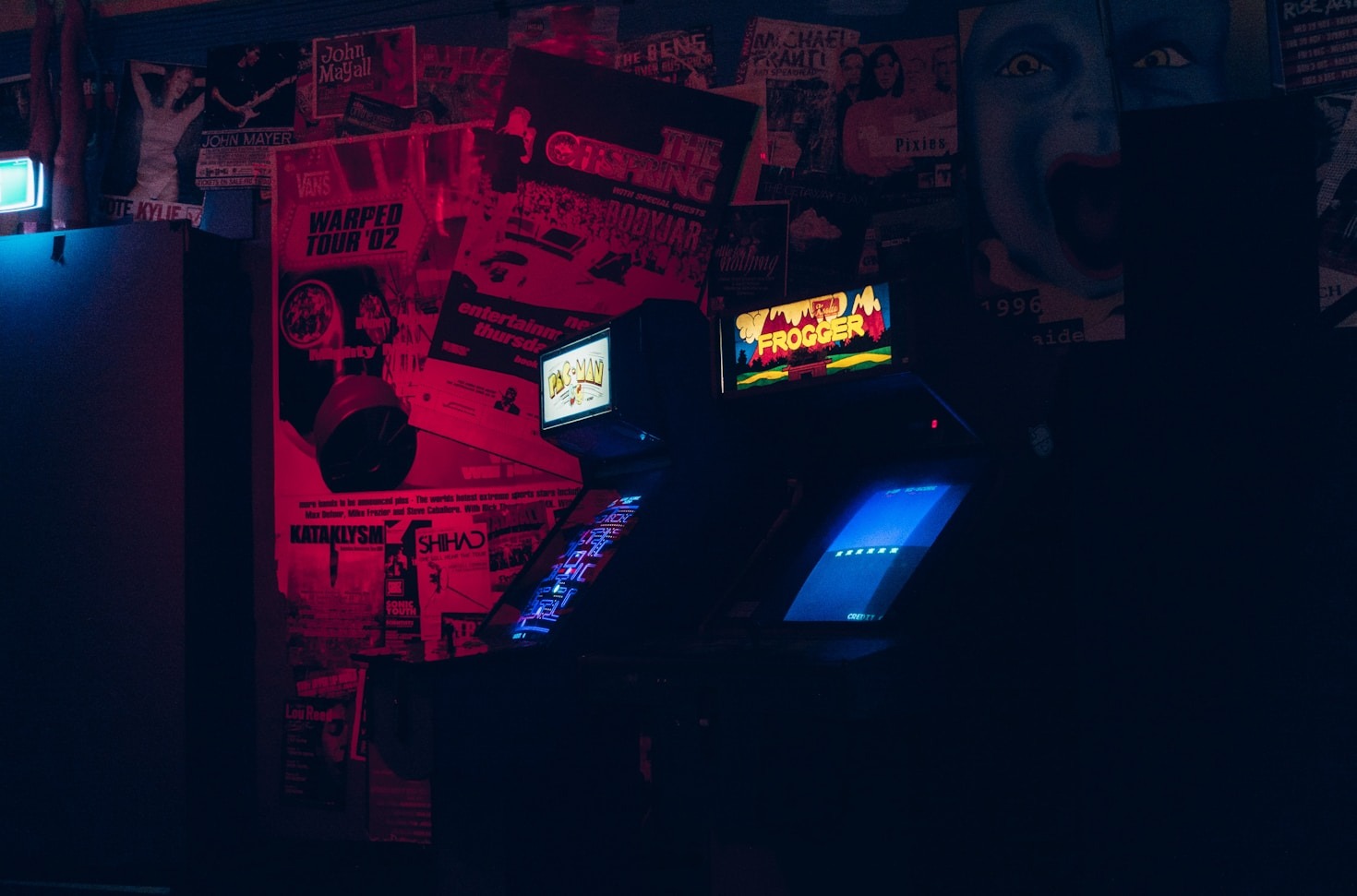
In the ever-evolving world of video games, one might think 8-bit graphics are a relic of the past — charming but outdated. Yet, the truth is far more fascinating. The influence of 8-bit visuals continues to ripple through the gaming industry, inspiring modern design, gameplay mechanics, and even storytelling techniques.
A Legacy of Simplicity and Creativity
The limitations of 8-bit consoles forced developers in the ’80s and early ’90s to get creative. With only a small color palette and minimal resolution to work with, every pixel had to matter. Characters, enemies, and environments were reduced to their simplest forms — yet they became iconic. Think of Mario’s red cap, Mega Man’s blue armor, or Link’s green tunic. These minimalist designs left lasting impressions because they relied on clear, readable shapes and bold color contrast — principles still used in modern UI and sprite design.
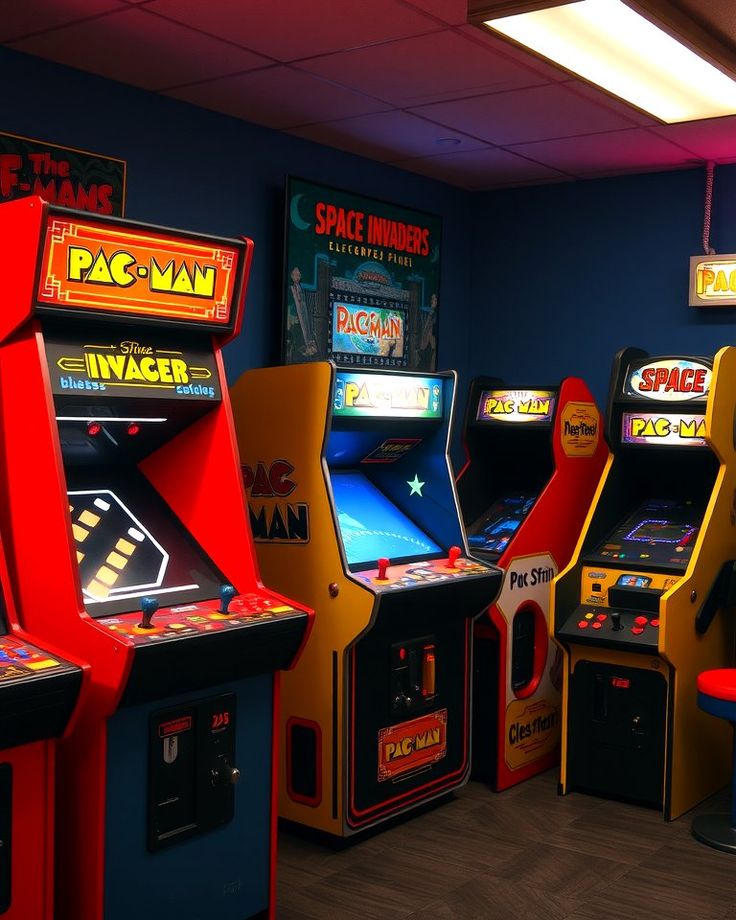
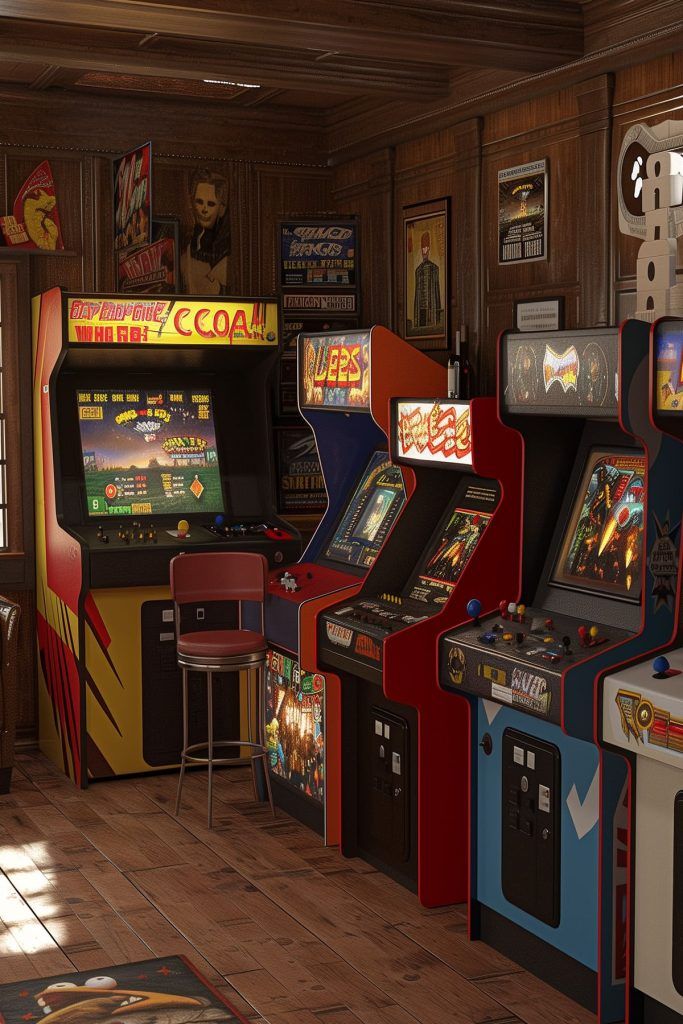
The Rise of Pixel Art as a Style
What was once a necessity is now a stylistic choice. Indie developers today embrace pixel art not out of limitation, but as an aesthetic. Games like Celeste, Stardew Valley, and Shovel Knight use 8-bit-inspired visuals to evoke nostalgia, while delivering deep and innovative gameplay. These titles prove that pixel art isn’t a step backward — it’s a celebration of where gaming came from and how far it’s come.
Emotional Connection and Storytelling
There’s something uniquely emotional about 8-bit visuals. Perhaps it’s the association with childhood memories or the charm of a simpler era. Modern games often leverage these feelings to create heartfelt stories. Undertale, for example, uses lo-fi graphics reminiscent of early RPGs, yet it tells a powerful, emotionally complex narrative — enhanced, not hindered, by its minimalist look.
Game Mechanics Inspired by the Past
Beyond visuals, 8-bit games have influenced gameplay itself. Modern platformers, roguelikes, and dungeon crawlers often draw directly from the mechanics of NES-era titles. The difficulty curves, level design, and even chiptune soundtracks in modern releases owe much to their 8-bit predecessors.
Conclusion: A Timeless Pixel Legacy
The 8-bit era may be over in terms of hardware, but its spirit lives on. Through design, storytelling, music, and gameplay, the DNA of classic 8-bit games continues to shape the industry today. Rather than fading into obscurity, 8-bit graphics have evolved into a beloved art form — one that connects generations of players through the shared magic of pixels.
